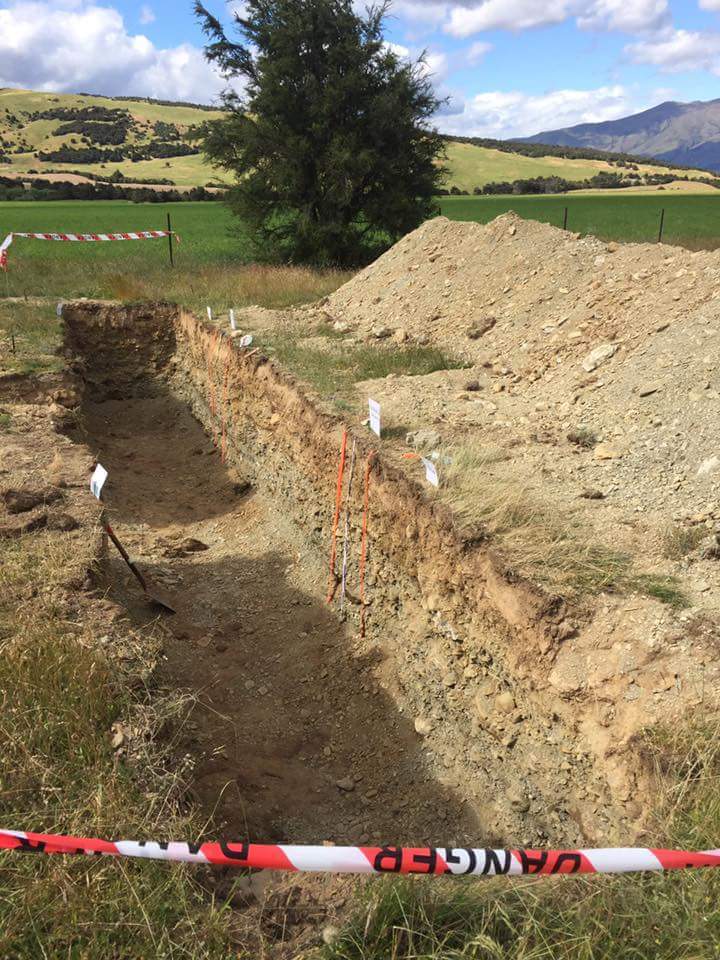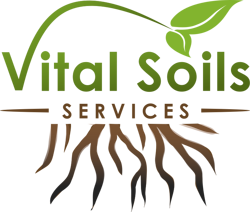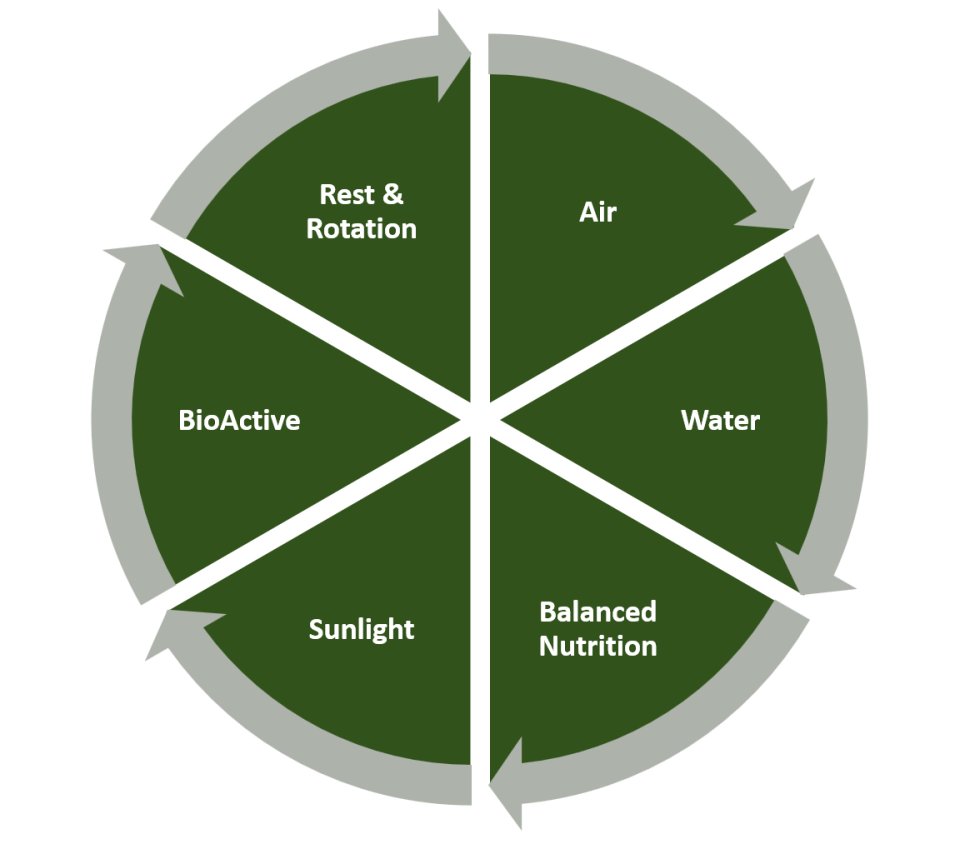The Vital Soils Story: Finding “Soil Literacy” in the Garden
It All Started in a Garden; In 2001, my parents moved to the country with the dream of living off-grid—planting gardens and orchards to grow their own food. The soil looked poor, but we thought: “What can’t be fixed with compost, mulch, and a hard day’s work?”
Despite years of effort, the fruit trees took nearly a decade to bear fruit—instead of the expected two to three years. The garden was patchy, with some areas thriving and others struggling, so we doubled down—building a complex and expensive raised bed system filled with “good soil,” whatever that meant.
It wasn’t the breakthrough we hoped for. In fact, it was worse in some ways. Our enthusiasm faded as we realised something uncomfortable: we had no idea what we were doing. What were we missing?
From Frustration to Focus; That frustration sparked something in me. I decided to study agriculture—combining an engineer’s brain with a love for growing. I completed a Bachelor and then a Master’s degree in Agricultural Science at the University of Melbourne.
And here’s something I learned early: the chaos we experienced at home? It happens on farms too. The only difference is that the consequences are bigger—more land, more risk, more zeroes.

Lost in the Soup of Ideas: In my early university days, I found myself in what I now would call the soup. Theories, ideas, movements—some ancient, some shiny and new—all swirling in an attempt to explain soil. I remember standing around a soil pit with farmers, consultants, and scientists. Each had a different theory about what was happening in the profile beneath our feet. Debates would spiral into geological time frames—thousands of years of speculation—and often, the practical questions were left unanswered.
I’m not undermining the value of these discussions. I owe a great deal to the teachers and thinkers I learned from. But I realised something important: You can drown in the soup.
I was overwhelmed. Pulled between schools of thought. Flooded with information, but no solid ground. Then, a mentor asked a question that changed everything:
“What does the soil need?”
At the time, it felt deceptively simple. In hindsight, it was profoundly grounding. No more glorifying ideas or trends—just listening to what the soil is telling us. That question has guided me ever since.
The Backyard Trials: I took that question—“What does my soil need?”—back home. I tore up some ground and started again, investing all my student funds into backyard trial plots.
I tested everything:
- Soil tests
- Profile analyses
- Cover crops
- Different implements
- Countless biological and nutritional products
And what stood out wasn’t the complexity—but the simplicity of the soil’s core needs:
- Compacted and lifeless? Fix structure. Get roots growing. Adjust Ca:Mg ratios.
- Poor water infiltration? Open up the profile—tillage, biology, organic matter.
- Slow, stunted plants? Run a complete soil test. Correct every deficiency.
- Low biological activity, no worms? Inoculate with biology—compost, worm castings, teas.
- Still have low microbial life? Feed them. More roots, more carbon, more organic matter.
The result was what I call the Compounding Soil Regeneration Cycle. Each improvement helps the next, until the system begins to regenerate itself. It’s not magic. It’s nature, understood and supported.
Making the plots
From Backyard to Broadacre: Over the years, I’ve assessed hundreds of soil profiles across Australia. Each one tells a story—and if you learn to read it, the soil becomes a teacher. That’s what soil literacy is. It’s not anti-science—books and data still matter—but it’s about grounding our understanding in the real, living system in front of us.
This principle applies whether you're growing tomatoes in a backyard or managing a 500-hectare orchard. The soil’s needs must be met in order for any other investment—fertiliser, irrigation, crop inputs—to work effectively.
In the Commercial Context: On a commercial farm, everything must be measurable and actionable. That’s why most operations develop a production manual—a protocol covering key parameters like:
- Water quality and infiltration rate
- Drainage speed and compaction depths
- Soil temperature and nutrition
- Plant tissue benchmarks for crop stages
- Photosynthate performance
Each of these metrics ties into a management response. When the critical foundations of soil and crop health are addressed, results become predictable. And that’s when the economics start working in your favour.
What Is an Agronomist?
People often ask me what an agronomist actually does.
Some say we’re farming technicians, ensuring that every stage of production runs smoothly. Others see us as scientists—bringing research and innovation to the field. Another view: agronomy is the fusion of crop science and economics—balancing productivity with profitability.
All are true. But at its heart, this work is about more than soil, crops, or money.
It’s about people. Supporting growers. Strengthening food systems. Improving quality of life through the integrity of land management.
To quote Franklin D. Roosevelt:
“The nation that destroys its soil destroys itself.” The health of our nation depends on the health of its soils.
A Missional Business: From the beginning, Vital Soils Services has operated as a missional business.
What does that mean? To me, it means staying client-focused. It means being guided by the same humble question:
“What do our clients need?”
There was no grand business plan at the start. Just a deep desire to find solutions that actually work—solutions rooted in biology, chemistry, structure, and lived experience.
Every service we’ve developed—from nutrition plans to biological inputs—has come from listening to growers:
- Gardeners with struggling tomatoes
- Market gardeners
- Not-for-profits
- Landscapers
- Land management contractors
- Pastoral companies
- Schools
We started with their needs. Their situations. Their soil.
The Humble Question; In the early days, I had “great ideas” I thought the world needed. I tried to force services onto clients. Unsurprisingly, they flopped.
That was a lesson:
You don’t start with the answer. You start with the question.
“What is needed?” It’s a humbling question—because it assumes we don’t always know best. But it’s the one that leads to real solutions. In soil. In crops. In service.
An Invitation; So we invite you—fellow soil lovers, farmers, stewards of land—to join us in asking that same question:
“What does your soil need?”
And in learning to listen to the answers that lie just beneath your feet.

